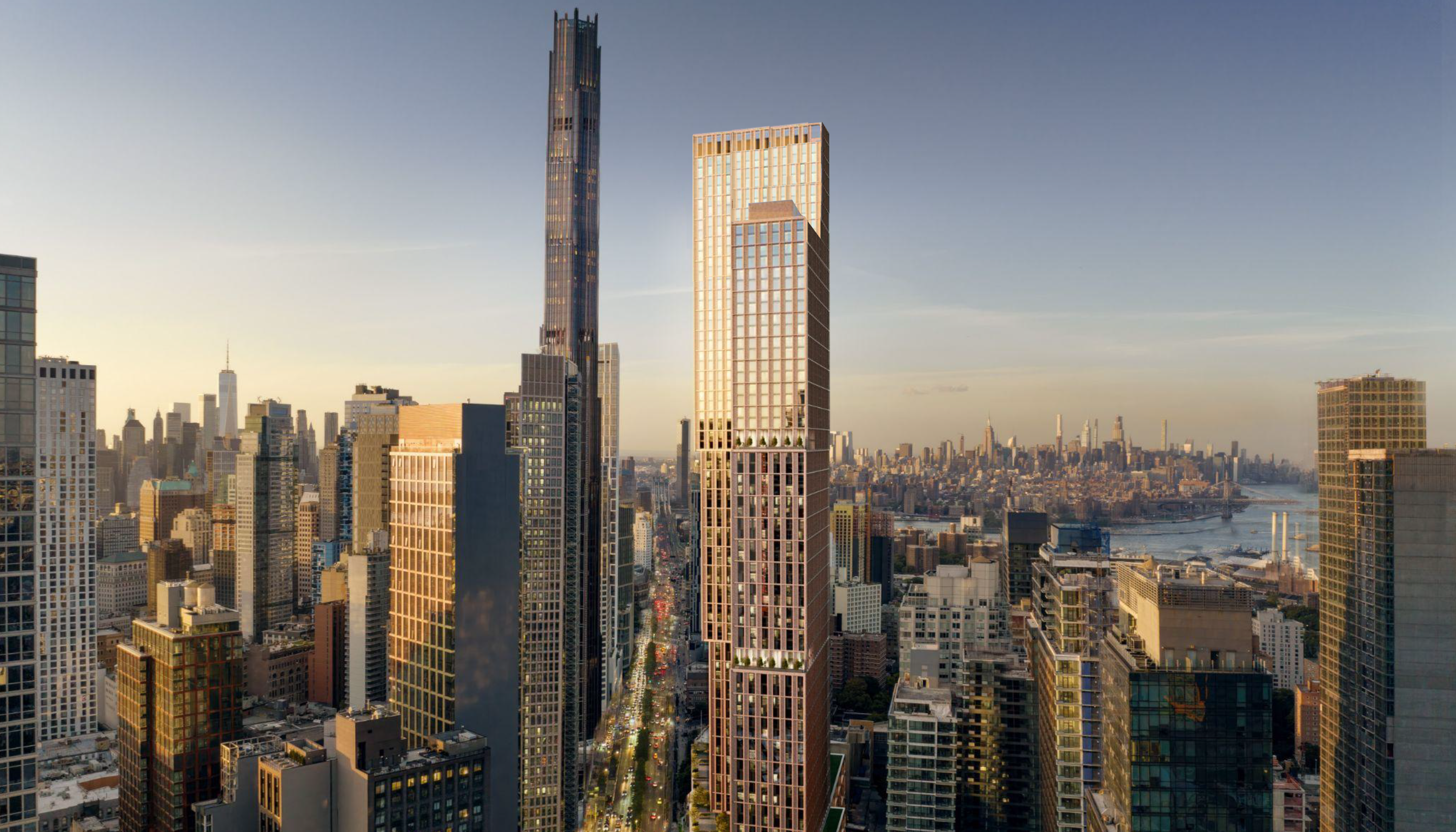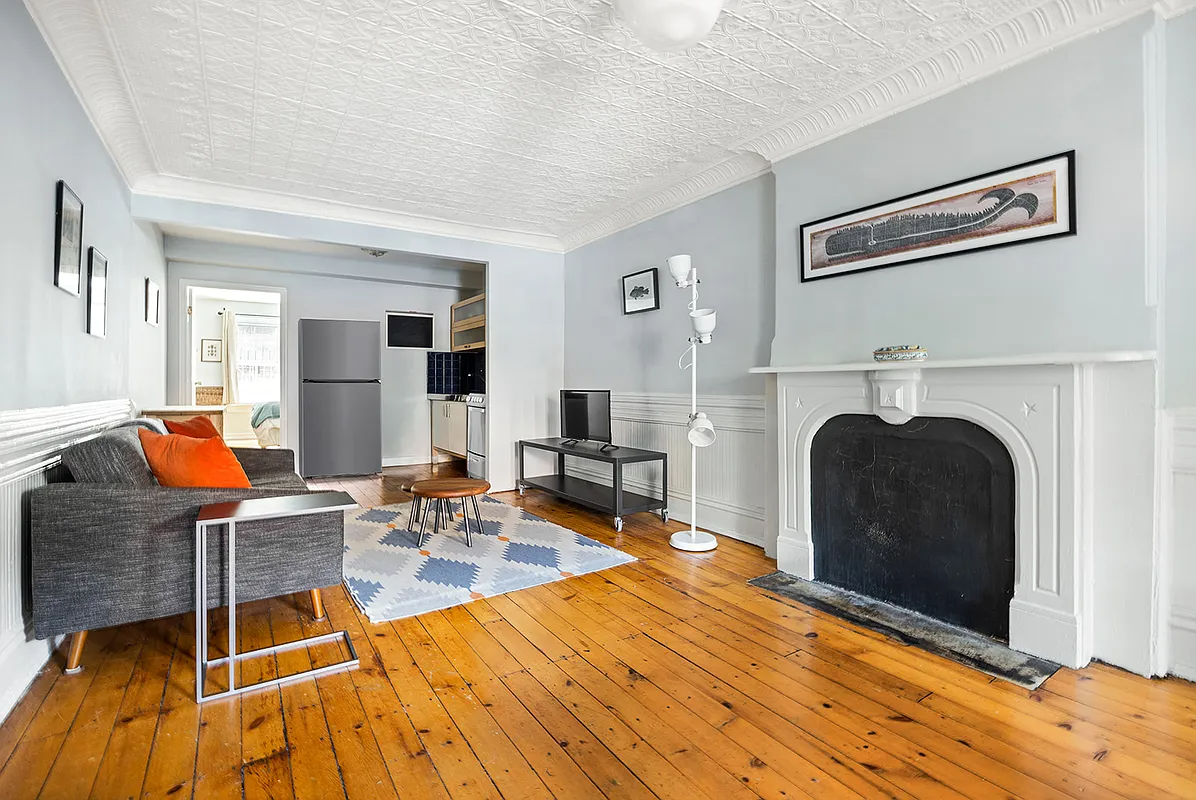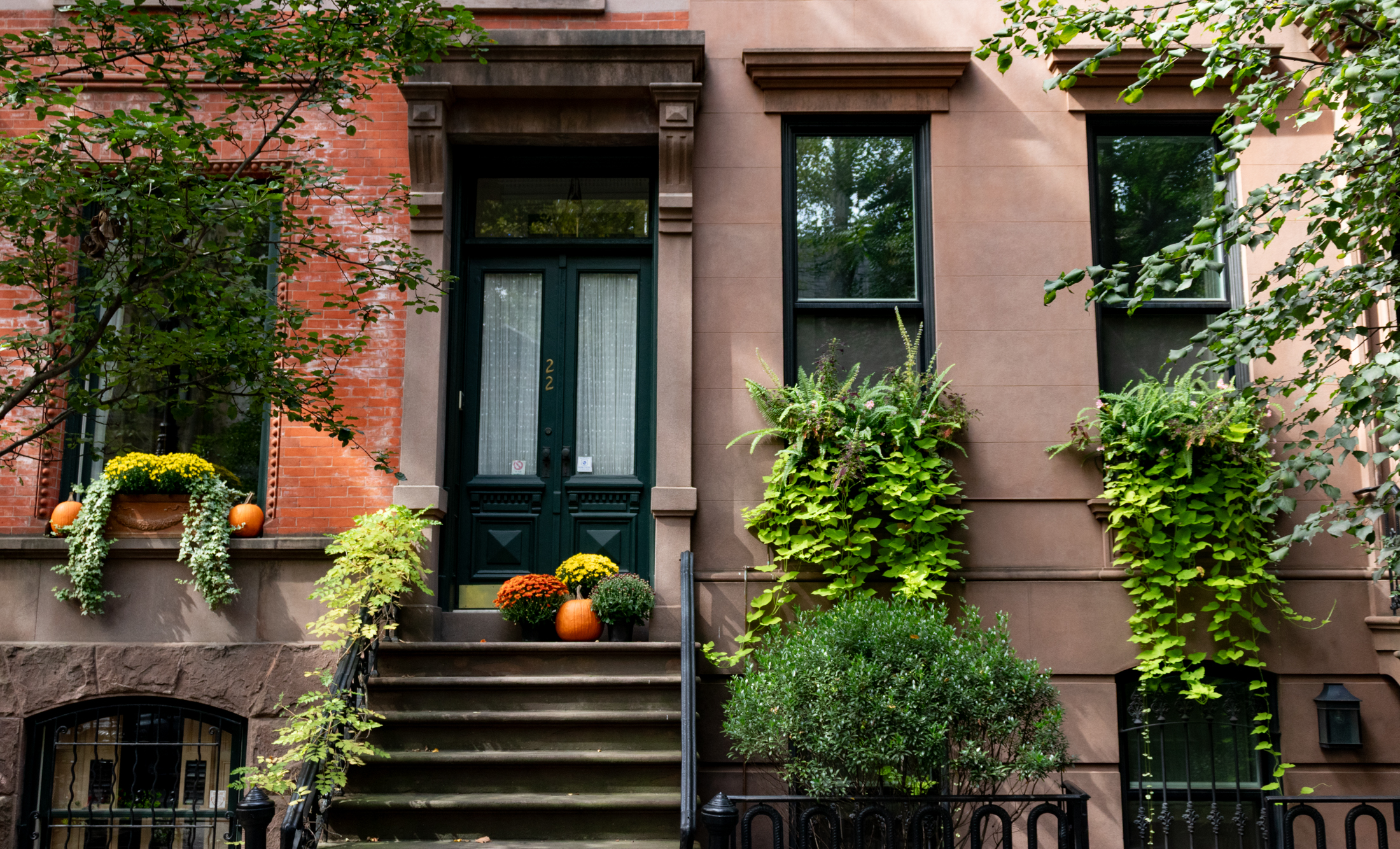Since When Are Banks Anti-Gentrification?
We certainly can understand the moral reasons behind pressuring landlords to repair their buildings (as well as the p.r. benefits), but we were a little surprised to see the banks take such an explicit stance on a related social issue: A coalition of housing advocacy groups and two large banks that hold mortgages on hundreds…
We certainly can understand the moral reasons behind pressuring landlords to repair their buildings (as well as the p.r. benefits), but we were a little surprised to see the banks take such an explicit stance on a related social issue:
A coalition of housing advocacy groups and two large banks that hold mortgages on hundreds of apartment buildings in New York City announced an unusual agreement yesterday under which they will use the banks’ leverage as lenders to pressure landlords into repairing dilapidated buildings.
The agreement between the coalition, Housing Here and Now, and the banks, Citigroup and New York Community Bank, represents a new weapon against landlords reluctant to make repairs. Housing advocates hope to use this tool not simply to fix leaks and crumbling plaster, but also to shore up low-income neighborhoods and make them less vulnerable to gentrification.
Banks Press Landlords on Repairs [NY Times]





Setting policies to avoid unecessary evictions has been on banks radar screens for years. There is even federal legislation to encourage it.
Remember that banks benefit from the government and taxpayers — FDIC is something we all subsidize. The savings and loan scandal is something we all paid for…
Brownstoner, I like the blog, but your understanding (and that of many posters) of the role of private actors in relation to state is concerning… You worry for a neighborhood’s architectural integrity and see a role for the state there– but the state is supsect when protecting the people living in those very neighborhoods.
Each time there is a mention of gov. regulation to protect people (or even private entitity’s interest, such as banks) you encourage a discussion. That is fine, but please let’s remove the veneer of objectivity. You have a bias- you want the state to protect the upper middle class and pretty buildings, but not worry about using its coercive power for the poor. That is the theme that comes up again and again.
That is all fine– but I thought NYC was liberal and concerned with social welfare? I’ve learned on this blog that far too many of my beloved Bklyn neighbors have taken the free market line hook and sinker. That makes me sad.
The banks are just protecting their assets to the extent there is ever a default and foreclosure on the mortgage (more likely in the rising rate scenario we are living in).
The community groups’ reasoning that this will stem “gentrification” of neighborhoods is wrong. Gentrification of an economically depressed neighborhood is not increased by having poorly maintained buildings. It is driven by factors such as the quality of the housing stock the location (including proximity of places where people work and public transportation). Being forced to fix broken windows and crumbling foundations will only serve to make an otherwise “marginal” or “undiscovered” (loaded terms I know) more attractive in my opinion.
Anon at 10:28am,
30 years old and only $250K. Tsk, tsk. Where did you go wrong in life? Perhaps you’d qualify for low income housing.
10:28, if you are for real, I have the smallest violin in the world playing for you.
If you can’t find a place to live making a quarter of a million dollars, then think about what it must be like for the huge amount of people in this city looking for decent places to live who make $25K a year – with families.
I hope your post was some kind of an attempt at irony or humor, although I found it to be neither.
With prices the way they are in BH, Park Slope and other desirable parts of Brooklyn, not to mention Manhattan, I feel like I am the one that is being gentrified out of the neighborhood by the rich white folk, even though I am just a 30 year old white boy making about $250,000 a year at a large law firm……
So am I supposed to be for or against gentrification?
To me, the gist of the article is that poorly maintained building leads to most tenants leaving in disgust,leads to landlord able to totally empty building and either sell it, or then renovate it for more upscale tenants equals gentrification by neglect.
This has been going on for years. However, David’s point about passing along the capital improvements does make me wonder if it is anything more than a pr move for the banks.
Realistically, slumlords will run to court and whine that it isn’t fair that they should NOW have to make all the repairs they should have made, some going back twenty years or so, and that it’s going to cost them so much more now, etc, etc, etc. Some of them will get let off the hook, some won’t.
If this actually maintains affordable apts for average folk, it’s a good thing. If not – well, we’ll have to keep watching.
same way that it is more profitable to encourage artists into neighborhoods than to kick them out …. in the long term, higher quality of environment means new development in the neighborhood, whereas slumlord-run ghettoville means less chances of cashing in on a ratner ville later.
Non-story, banks have required removal of violations for decades (although some they let pass since the city will write a violation on virtually anything) – in fact if you look at older mortgages on acris you will often see notations of violations and repairs that must be addressed (this is generally no longer notated on recorded mortgage)
-also Banks always inspect a property b/4 writing a mortgage (even on a refinancing), so the idea that the Bank has to review city records to determine the building condition is laughable.
BUT if the Banks really started demanding major improvements as conditions of lending, then you might actually see more ‘gentrification’. Because many capital improvements entitle LL to an MCI increase that can be passed onto rent stabilized tenants and while the maximum pass-on is 6% a year, a LL is allowed to increase 6% every year until the full amount is covered – and those increases are forever.
Seems contrary to profit making.
gentrification brings more $ for banks and their holdings. This a PR stunt.